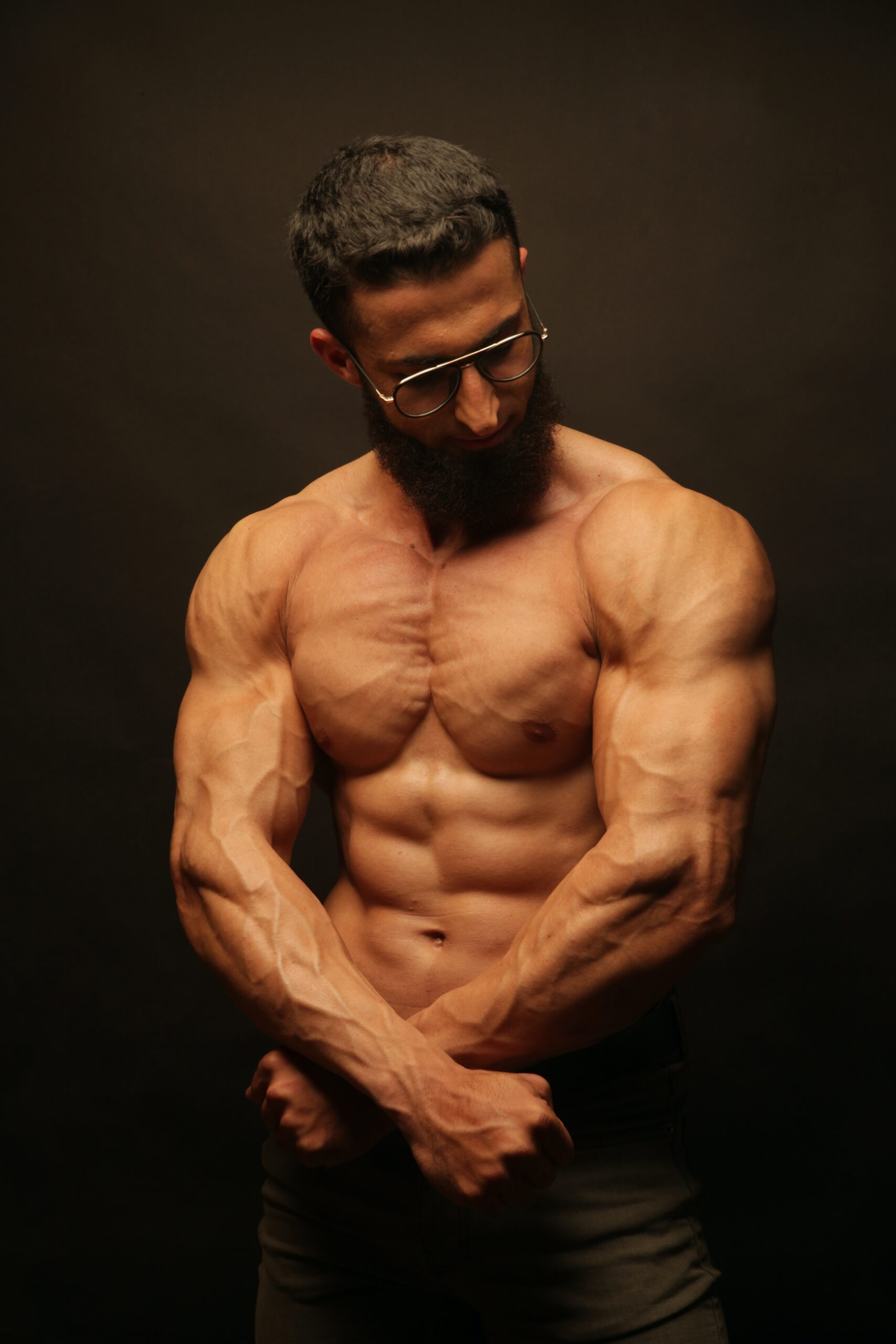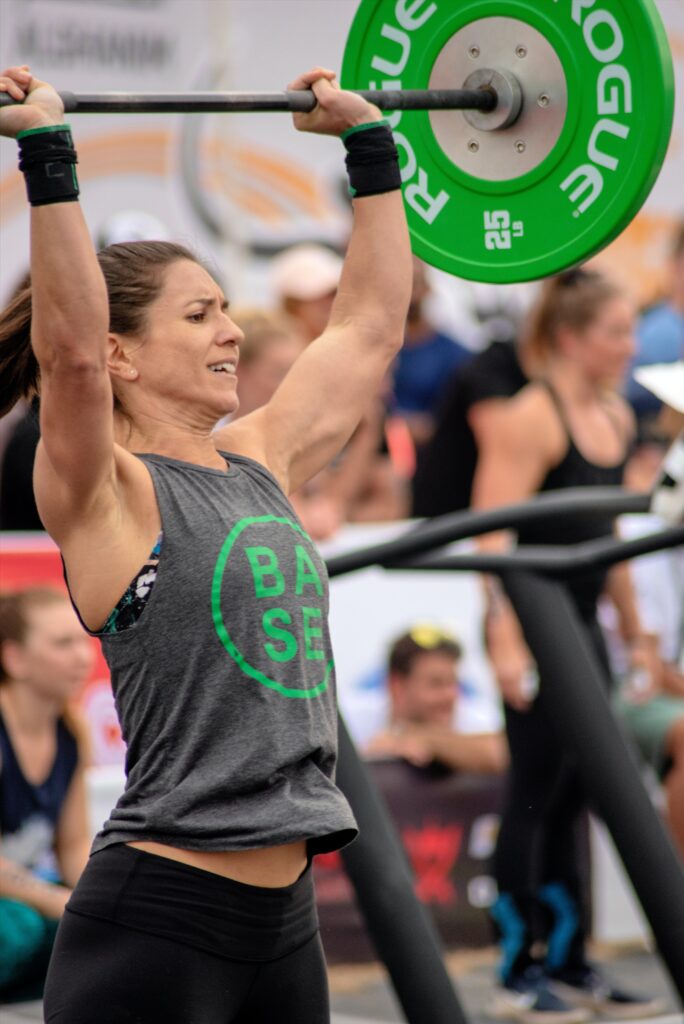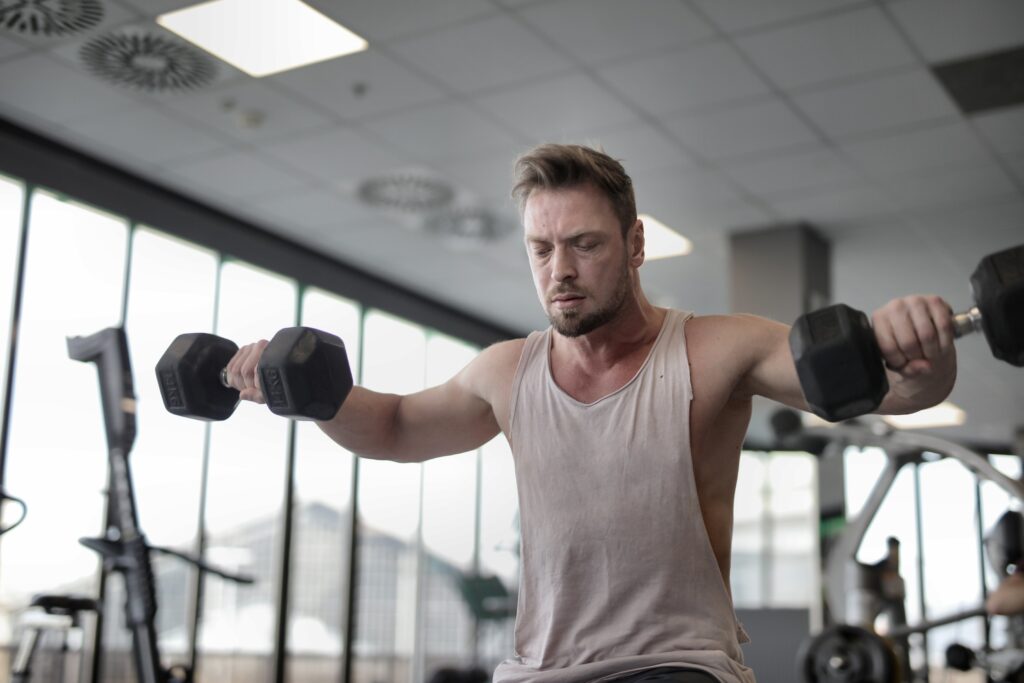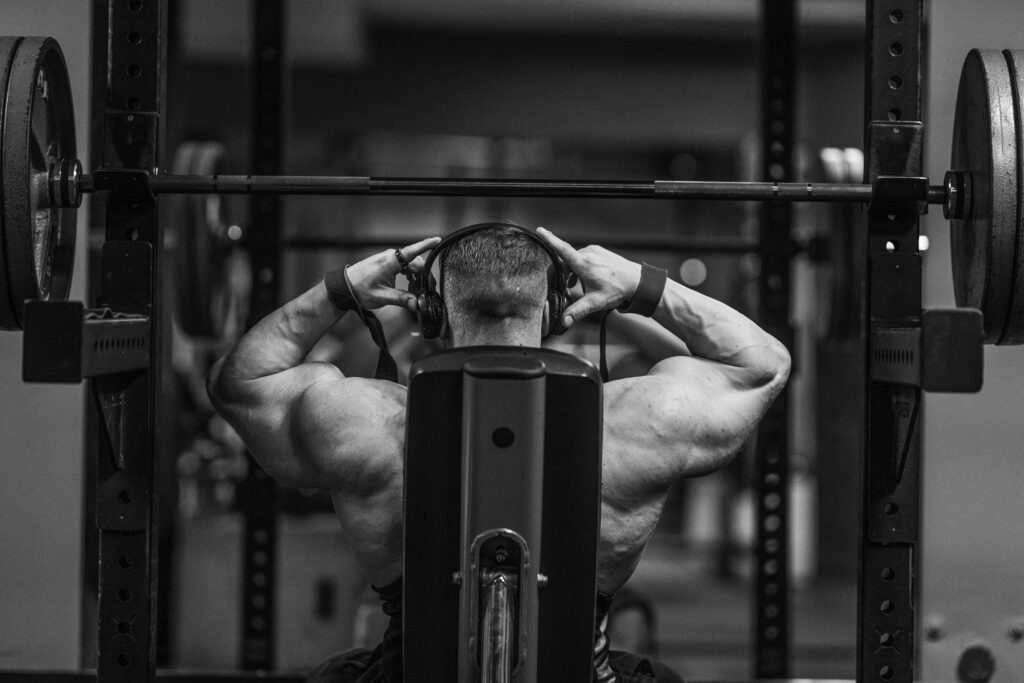3 Best Deltoid Exercises for Shoulder Definition

Do you have underdeveloped deltoid muscles? Does it lack, compared to all the muscles in your upper body? Well deltoids are a crucial part of an aesthetic physique which can make or break it. Which is why performing effective deltoid exercises can immensely help you in, achieving well defined shoulders and deltoid muscles.
In this article, we will be exploring several deltoid exercises which have resulted in some serious gains and definition of the shoulder muscles. These exercises are vital in creating a well rounded upper body and can help beginners and even some advanced lifters make a tremendous change in a short amount of time.
The Importance of Deltoid Exercises
Well-defined deltoid muscles are the crowning glory of a sculpted upper body. They’re the shoulders that turn heads, the muscles that complete the aesthetic package, and the key to achieving that sought-after “V” shape.
Defined deltoids not only enhance the aesthetics of your physique but also contribute to improved posture, balance, and the ability to perform a wide range of upper body movements with control and power. In this section, we’ll explore why achieving deltoid definition is a goal worth pursuing and how it can benefit you both in and out of the gym.
Anatomy of the Deltoid Muscles
The deltoids, also commonly known as the shoulder muscles, help stabilize the shoulder joint and aid in multi directional movements of the entire arm. They consist of 3 primary portions; the anterior deltoids, lateral deltoids and posterior deltoid muscles. The most prominent being the lateral band. They aid in moving the arm forwards, backwards and sideways.
The 3 Best Deltoid Exercises
Standing Military Press
The standing military press, also known as the shoulder press, is one of the greatest shoulder exercises for muscle building and definition. Although it primarily targets the anterior deltoids, it also hits the triceps, upper chest, core and trapezius muscles. It’s a staple deltoid exercise for bodybuilders, as you can progress with exercise and it puts the deltoids in an optimal muscle tension position whilst performing the movement.

How to perform standing military press:
- Start off by placing a barbell in front of your shoulders, grabbing onto the bar with an overhand grip at shoulder width
- Plant your feet shoulder width apart, with the toes pointing slightly outwards
- When ready, brace and squeeze your core as well as lifting the barbell overhead with the elbows locked out at the top
- Slowly lower the barbell down to the starting position and repeat
Variations:
- Seated Dumbbell Shoulder Press – this exercise is also a common variant of the standing military press. It’s a great exercise as it focuses entirely on the deltoids as opposed to the other muscle regions with the standing variation. It’s also great, as it eliminates to the need to stabilise and is great way to progressively load and achieve the defined shoulder physique
- Standing Dumbbell Shoulder Press – This is another common variant which replaces the barbell with dumbbells but still has the same primary overhead push movement. This is a slightly easier exercise to perform as it can be easier to stabilize and push as opposed to lifting a heavy barbell.
Lateral Raises
Lateral raises help target the lateral deltoids which can help you achieve the defined shoulder look and especially get that rounded appearance. It also helps with general shoulder mobility as well as strengthening the lateral deltoids.
Common mistakes that occur whilst doing this exercise is excessive swinging of the dumbbells, which doesn’t effectively work the lateral deltoids and works other regions such as the trapezium which is not the goal. Another common issue is going too heavy, this is common for beginners as they tend to ego lift or do more than they can handle. Always begin with a moderately light weight to perfect the form and then slowly progressive by overloading and achieving the defined shoulder look.

How to perform Lateral raises:
- Grab a pair of suitable weighted dumbbells and hold them by your sides just above shoulder width
- Slightly lean forward with your upper body and keep it still
- Lift the dumbbells up sideways with a slight bend in your elbow
- List until you reach approximately parallel to the ground and then slowly bring them back down to the side and repeat
Variations:
- Cable lateral flys – this is done by setting cables to the bottom positioning and recreating the lateral raises with cables. This is sometimes preferred over dumbbells as some people tend to feel it more with this variation as the shoulder is put under tension throughout the entire movement as opposed to the dumbbells.
- Landmine lateral raise – this is performed with a fixed bar path and is mainly used as an explosive movement. It’s still a great way to build the deltoids, but also activates and strengthens the core.
Seated Rear Delt Flyes
The posterior or rear delts are the most commonly neglected and forgotten parts of the shoulder. Although the anterior and lateral deltoids make up the large chunk of the deltoid muscle group, the posterior delts still play a vital role in making the entire deltoids pop out.
Although a very small muscle group, it can easily destroy a physique if underdeveloped and should be trained alongside the anterior and lateral deltoids. These exercises don’t need to be performed as much as the others but still should be incorporated in your workouts to balance the muscle bulk of the shoulders and form the defined shoulder look.
How to perform Seated Rear Delt Flys:
- Holding dumbbells in both hands have a seat on bench, feet planted tightly together and lean forward at the hips forming a torso angle close to 45 degrees
- Make sure to keep a neutral spine and chin tucked in as well as start with dumbbells close to your calves
- Slightly bend your elbows and lift the dumbbells towards the side until they reach the top of your body
- Slowly lower the dumbbells down and repeat the steps

Variations:
- Rear Delt Fly Machine – this is an exceptional alternative as it removes any need to stabilize or keep a neutral back as this is done due to the position of the pads on the machine. The movement that primarily occurs is retraction of the scapula which will help activate the posterior deltoids
- Standing Rear Delts Flys – this is similar to the seated version described by the only difference is that the cores is going to used a lot more to stabilise and the same movement pattern of bring the dumbbells towards the sides just that the torso levels will help you get the desired rear delts look
Tips for Deltoid Definition
The deltoids are composed of the 3 portions, anterior lateral and posterior deltoids. By targeting each muscle effectively, it can enhance and transform a physique to have a more defined upper body look.
The main goal of these deltoid exercises is to start off slow and steady focusing entirely on form. This will help build the foundations to your shoulder training and then overtime, progressive overload will allow for hypertrophy gains and definition.
Conclusion:
Remember to hit all the different heads of the deltoids with these 3 deltoid exercises above and don’t be afraid to change it up or try the different variations as everyone is different. Exercise that works for one person won’t’ necessarily work for another individual.
The main take home message is to prioritize the portion of the shoulders that’s most lacking and then consistently target the all 3 heads of the deltoids to achieve that round, aesthetic bodybuilder shoulder look.
Incorporate these deltoid exercises into your current workout and see the difference it can make. But the best way to ensure you achieve the defined shoulders is patience and consistency.

3 Comments
Comments are closed.